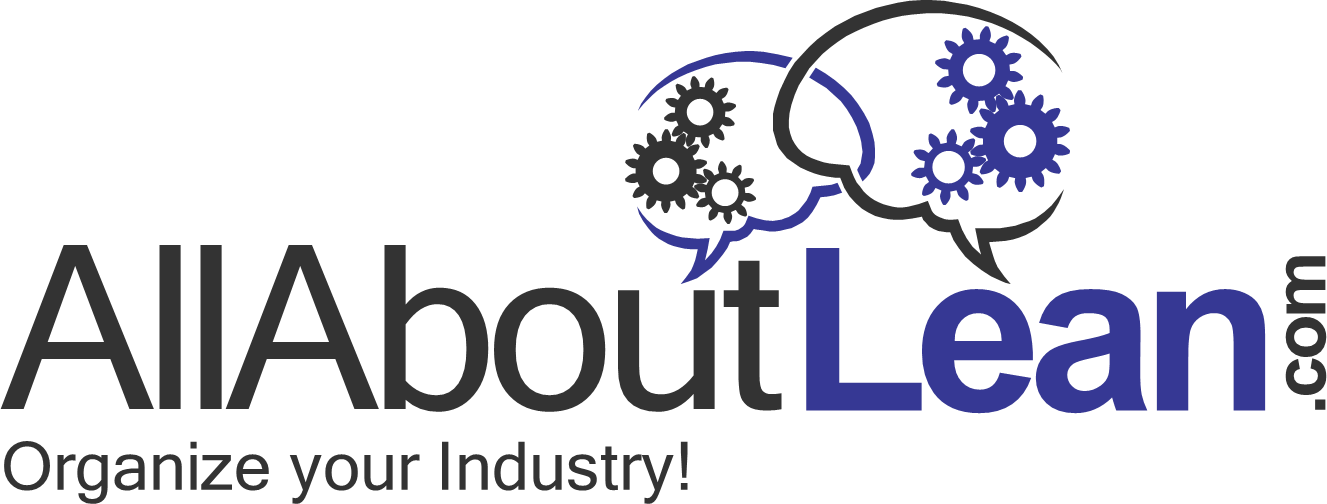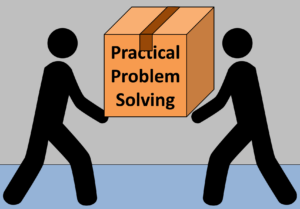 This post of my series on Practical Problem Solving (PPS) looks at what to do after you have done the “Do” part of PDCA. Yes, that’s right, after implementing the solutions you are not done yet. You need to monitor the outcome to see whether it has actually achieved the target you set much earlier. Here, the next steps can go into two directions. This would be the “Check” of PDCA. If you have not yet achieved the target… well… then you are not yet done and need to keep on working on the problem. If you have achieved the target, congratulations! Now share the wisdom with others. This is the “Act” of PDCA. Let me explain in more detail.
This post of my series on Practical Problem Solving (PPS) looks at what to do after you have done the “Do” part of PDCA. Yes, that’s right, after implementing the solutions you are not done yet. You need to monitor the outcome to see whether it has actually achieved the target you set much earlier. Here, the next steps can go into two directions. This would be the “Check” of PDCA. If you have not yet achieved the target… well… then you are not yet done and need to keep on working on the problem. If you have achieved the target, congratulations! Now share the wisdom with others. This is the “Act” of PDCA. Let me explain in more detail.
Problem Solving
Toyota Practical Problem Solving (PPS)—Countermeasures and Implement
 In this post of my series on the Toyota Practical Problem Solving (PPS), we finally get to the part many were excitedly waiting for—the development of countermeasures and their implementation. Some people like this part of actually doing the improvement (and hence finally the “Do” part of PDCA) so much that they skip the “Plan” part almost entirely. Don’t do that! Properly prepare and analyze before implementing a countermeasure. Without the plan, the countermeasure may be flawed.
In this post of my series on the Toyota Practical Problem Solving (PPS), we finally get to the part many were excitedly waiting for—the development of countermeasures and their implementation. Some people like this part of actually doing the improvement (and hence finally the “Do” part of PDCA) so much that they skip the “Plan” part almost entirely. Don’t do that! Properly prepare and analyze before implementing a countermeasure. Without the plan, the countermeasure may be flawed.
Toyota Practical Problem Solving (PPS)—Targets and Root Causes
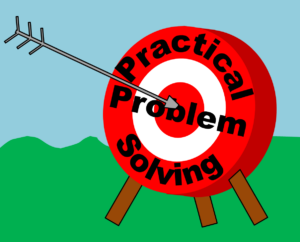 In the previous posts on this series of the Toyota Practical Problem Solving (PPS) I went into detail on how to understand the problem by clarifying the problem and breaking it down to get the prioritized problem. In this post I will look at target setting and root-cause analysis. Setting the target and doing the root-cause analysis is still the “Plan” part of PDCA. Only in my next post with the development of countermeasures do we get to the next step of “Do.”
In the previous posts on this series of the Toyota Practical Problem Solving (PPS) I went into detail on how to understand the problem by clarifying the problem and breaking it down to get the prioritized problem. In this post I will look at target setting and root-cause analysis. Setting the target and doing the root-cause analysis is still the “Plan” part of PDCA. Only in my next post with the development of countermeasures do we get to the next step of “Do.”
Toyota Practical Problem Solving (PPS)—Clarify
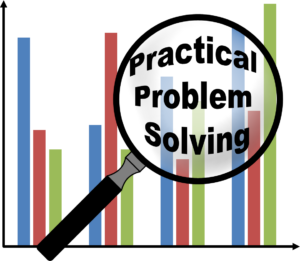 In my last post I introduced the Toyota Practical Problem Solving approach (PPS) and gave an overview how it is rooted in PDCA and often used in the form of an A3. Now let’s dig deeper and go into the details of the individual steps. The first is to clarify the problem. The second is to break down and stratify the problem—to try to understand the problem better by looking at it from different angles, preferably using data. In my next post I will talk about target setting.
In my last post I introduced the Toyota Practical Problem Solving approach (PPS) and gave an overview how it is rooted in PDCA and often used in the form of an A3. Now let’s dig deeper and go into the details of the individual steps. The first is to clarify the problem. The second is to break down and stratify the problem—to try to understand the problem better by looking at it from different angles, preferably using data. In my next post I will talk about target setting.
Toyota Practical Problem Solving (PPS)—Introduction
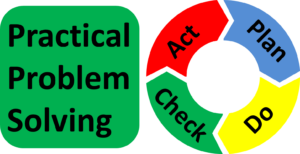 Lean is a lot of problem solving. Toyota excels at such problem solving, and they have developed their practical problem solving (PPS) approach. For many it is surprising how much time Toyota spends on defining and understanding the problem, whereas (many in) the rest of the world immediately jump to a (possibly inferior) solution. Let me go through the process step by step.
Lean is a lot of problem solving. Toyota excels at such problem solving, and they have developed their practical problem solving (PPS) approach. For many it is surprising how much time Toyota spends on defining and understanding the problem, whereas (many in) the rest of the world immediately jump to a (possibly inferior) solution. Let me go through the process step by step.
Making the Problem go Away Is NOT Improvement
Managing problems  is an important part of manufacturing because it allows companies to identify and address issues that can impact product quality, production efficiency, and overall profitability. However, it is not to be confused with actual improvement. While taking care of the problem (hopefully) makes the problem go away, actual kaizen requires that the problem should not come back.
is an important part of manufacturing because it allows companies to identify and address issues that can impact product quality, production efficiency, and overall profitability. However, it is not to be confused with actual improvement. While taking care of the problem (hopefully) makes the problem go away, actual kaizen requires that the problem should not come back.
Work Improvement before Equipment Improvement
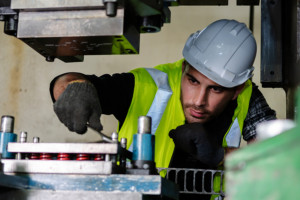 When improving a system, Western engineers love to take the technical approach and to optimize the machines and tools. However, at Toyota this is seen differently. At Toyota, they try to address a problem by first training the people, followed by improving the standards and the layout, before improving the equipment and finally twiddling with the design. Let’s have a closer look at how Toyota is approaching improvements.
When improving a system, Western engineers love to take the technical approach and to optimize the machines and tools. However, at Toyota this is seen differently. At Toyota, they try to address a problem by first training the people, followed by improving the standards and the layout, before improving the equipment and finally twiddling with the design. Let’s have a closer look at how Toyota is approaching improvements.
Cardboard Engineering – Alternatives
 Cardboard Engineering is a quick way to try out different configurations in reality. As the name says, this is done using cardboard. However, there are a few alternatives. Let me show you a portfolio of different ways to make cardboard models with (not only) cardboard, from ultra-cheap to very fancy. Please note that the fancier methods are usually not so well suited for layout optimization, but more for workstation optimization.
Cardboard Engineering is a quick way to try out different configurations in reality. As the name says, this is done using cardboard. However, there are a few alternatives. Let me show you a portfolio of different ways to make cardboard models with (not only) cardboard, from ultra-cheap to very fancy. Please note that the fancier methods are usually not so well suited for layout optimization, but more for workstation optimization.
